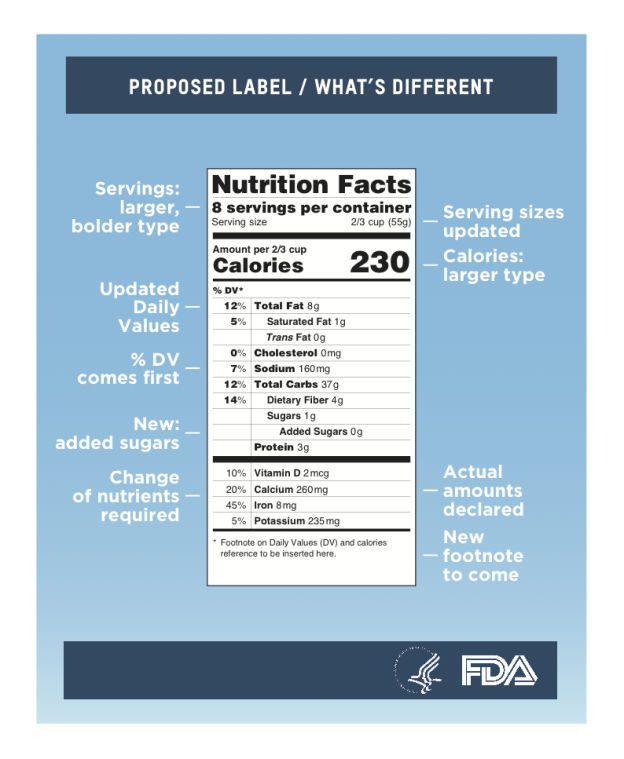Changes to food labels will not alter Americans’ eating habits
On my “alternative spring break” to Chicago, I was puzzled when I walked into the lunchroom of an impoverished charter school and found what appeared to me as a shrine to First Lady Michelle Obama. Pictures of Michelle with ornate frames and colorful captions decorated the borders of the cafeteria.
Until then, I had never thought about the roles Obama has taken after becoming the first lady. In fact, I had never taken the time to wonder what Mrs. Obama did before she gained her current prestigious title.
Just like the children I tutored during spring break, Obama comes from humble beginnings in Chicago. She came from a one-income family which prided itself, not on monetary means, but on “love, laughter, and important life lessons.” This early education about the prominence of family is most likely what drives Obama to work for her family policy issues.
“Policies that support families aren’t political issues. They’re personal. They’re the causes I carry with me every single day,” she said.
Lately, Obama has been lobbying in support of healthy family lifestyles by way of new food labeling. Following with her national initiative “Let’s Move,” the first lady has been increasingly proactive about not only the physical aspect of her program, but also the nutritional points.
The first lady’s “Let’s Move” program works to improve the “physical and emotional health of an entire generation.” Let’s Move was established in February 2010 in order to help hinder American obesity. Within America, “17 percent…of children aged 2-19 are obese,” and “16 percent…are overweight and at risk of becoming obese.”
In February, the FDA proposed changes to the nutrition facts labels found on almost everything we eat. This would be the first change to the label in 20 years. The change, as told by the FDA commissioner Dr. Margaret Hamburg, is important so that labels can “reflect the realities in the world today.” An example of this change is that a 20-ounce soda would count as one serving.
Similarly, on ice cream cartons, half-cup servings would be increased to a full cup in order to accurately portray the amount people typically eat. However, serving size update proposals would only affect “17 percent” of the roughly “150 categories…” Other effects of the FDA’s changes would be the larger fonts and distinctions between natural sugars and sweeteners. The approximate cost and time would be “$2 billion and two years to carry out.” Obviously, these are both substantial numbers and beg the question: Is it worth it?
While Obama is a stellar woman and her goals are admirable, she’s working on the wrong issues.
Obesity numbers are highest in African American and Hispanic communities, where nearly 40 percent of children are overweight or obese. The reason for this is not labeling, but the fact that low-income families are forced to eat quick, cheap and high-calorie fast food. New labeling will not lower prices of food and will not help obesity levels of impoverished families.
We need to attack the bigger issue: fast food caloric regulations. To a single mom who works 12 hours a day, a dollar-menu is going to look better than the larger font on a Lean Cuisine.
Follow me on Twitter @KatanaKatona












